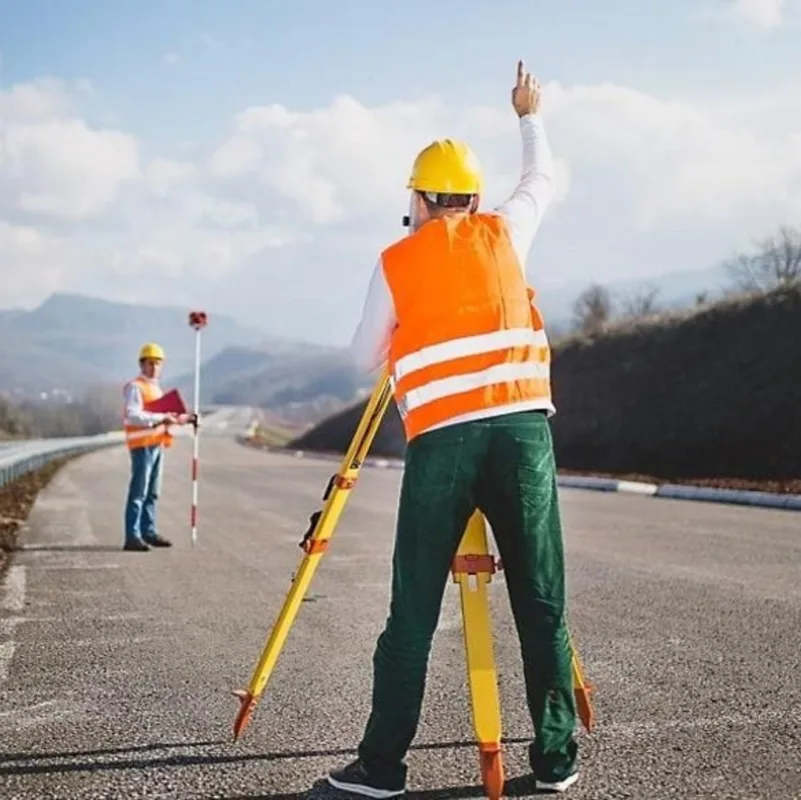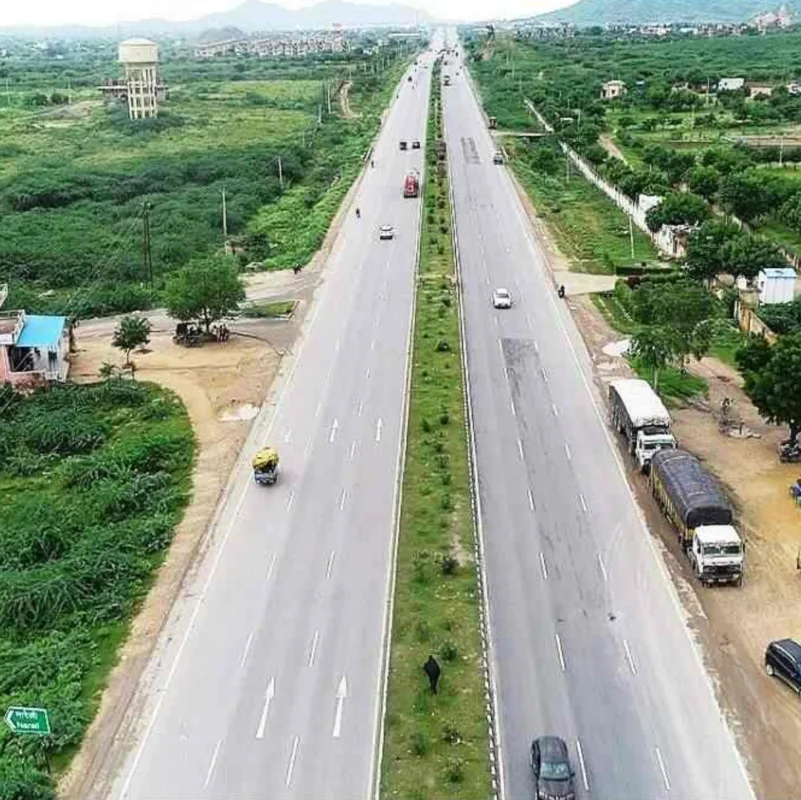LiDAR: The Shortcut To Perfect Road Surveys

Building roads isn’t just about pouring asphalt—it’s about getting every detail right, from terrain mapping to elevation precision. But let’s be honest, traditional survey methods can be slow, labor-intensive, and sometimes even riddled with errors. That’s where LiDAR (Light Detection and Ranging) comes in, a powerhouse technology that’s turning road surveys into a high-speed, high-accuracy operation. Curious how? Let’s dive in.
LiDAR In Road Surveys: What’s The Hype About?
Road Survey requires meticulous planning, precise measurements, and a deep understanding of the terrain. Even minor miscalculations can lead to long-term structural issues, safety hazards, and costly repairs. Traditional survey methods, while trusted for decades, often struggle with speed and precision, making road planning a time-consuming and labor-intensive task.
This is where LiDAR (Light Detection and Ranging) steps in as a revolutionary force. Using laser pulses to map terrain with pinpoint accuracy, LiDAR can scan vast areas in minutes, capturing millions of data points that create detailed 3D models of the landscape. Mounted on drones, vehicles, or even handheld devices, this technology not only speeds up surveys but also minimizes errors, reduces costs, and enhances road safety.
But how exactly does LiDAR work, and why is it becoming the go-to solution for modern road construction? Let’s explore its impact in detail.


Where LiDAR Is Making An Impact: [Road Survey]
From designing fresh roadways to monitoring old ones, LiDAR is quickly becoming the unsung hero of modern infrastructure. Engineers rely on it to map routes with pinpoint accuracy. This ensures engineers lay the road surveys on the most stable ground. Meanwhile, maintenance crews use LiDAR to spot early warning signs—cracks, potholes, and uneven surfaces—before they become costly problems. But that’s not all! LiDAR also plays a crucial role in environmental assessments. It gives planners a clear view of the terrain, vegetation, and potential obstacles before construction even begins. Simply put, LiDAR is revolutionizing how we build and maintain roads.
Challenges Of LiDAR In Road Surveys
- High Cost: LiDAR equipment requires a significant initial investment.
- Data Processing: Handling massive data requires specialized software and expertise.
- Weather Sensitivity: Fog and rain can interfere with laser accuracy.
- Technical Expertise: LiDAR requires skilled professionals to operate the equipment and analyze the data.
- Advancements: Ongoing tech improvements are overcoming these challenges.
LiDAR VS Traditional Survey Methods
| Aspect | LiDAR Survey | Traditional Survey |
| Accuracy | High (cm-level accuracy) | Moderate to high (depends on the method) |
| Speed | Fast (large areas covered quickly) | Slow (manual data collection) |
| Data Density | High (millions of points per second) | Low (limited points collected manually) |
| Coverage | Can capture inaccessible areas (e.g., dense vegetation) | Limited to areas surveyors can physically access |
| Cost | High initial cost, but cost-effective for large projects | Lower initial cost but labor-intensive and costly over time |
Most Searched Questions On LiDAR Road Surveys
How accurate is LiDAR in road surveys?
LiDAR can achieve accuracy within 2-3 cm, making it one of the most precise surveying tools available.
Can LiDAR be used in all terrains?
Yes, but dense vegetation or extreme weather may require additional processing for optimal results.
Is LiDAR expensive?
The initial cost is high, but the efficiency and accuracy it offers significantly reduce long-term expenses.
How does weather affect LiDAR surveys?
Fog, rain, and snow can interfere with laser pulses, potentially reducing accuracy.
What kind of equipment is needed for a LiDAR road survey?
Typically, it includes a LiDAR sensor, GPS, a drone or vehicle for mounting, and specialized processing software.
Final Thoughts About Road Survey
In conclusion, LiDAR is turning road surveys from a slow crawl into a high-speed race, offering speed, safety, and accuracy that leaves traditional methods in the dust. As technology evolves, it’s only going to get faster, smarter, and more reliable—like that friend who always shows up on time with coffee in hand. Ready to get your roads built or fixed right the first time? MavDrones has got you covered with budget-friendly drones and services that make road surveys feel like a breeze. Don’t just pave the way—fly through it with MavDrones!
CEO, Mavdrones


